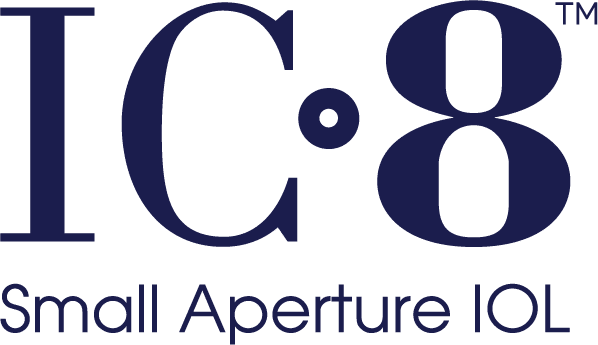Two decades ago, the aging process was very different than it is today, particularly when it comes to our eyes. For one thing, our parents and grandparents had to rely on aids like the “granny chain” to keep magnifying eyeglasses close at hand. But today, technology makes it easier to see up close. Smart phones, computers and tablets allow us to increase font size, making the reading of small print more comfortable.
But in some ways, things have stayed exactly the same. Take for example labels on prescription medicine bottles, or even over-the-counter medication. Dosage and instructions are nearly impossible to read for those with presbyopia or cataracts (or both). Unfortunately, it typically gets harder and harder to read the bottles in our bathroom cabinets.
For people with cataracts, brighter lighting and stronger eyeglass prescriptions may help for a while. Cataracts grow slowly, so it may take time before they interfere with everyday activities. Ultimately though, most people with cataracts will experience symptoms like cloudy, faded or blurry vision. And this lack of detail doesn’t just affect reading small print, but also things like watching television or telling time.
As a cataract grows denser, it clouds more of the eye’s lens and distorts the light passing through. Some people with cataracts find that driving at night becomes difficult because of poor night vision or seeing “halos” around lights. When cataracts begin to interfere with every day life, cataract surgery is usually recommended.
But luckily for those of us living in the 21st century, technological advancements in cataract surgery have increased the safety, accuracy and effectiveness of this common procedure. In fact, cataract surgery is now typically an outpatient procedure. And, innovations in intraocular lens (the artificial lenses that replaces the clouded cataract lens) design have enabled the surgery to be done through a small incision, allowing for a speedier recovery. Some newer design technologies have even helped patients minimize the need for glasses at most distances.
Although medication labels don’t come in large font with built-in LED lighting yet, technological innovations have certainly improved the way we deal with age-related vision loss, particularly for those with cataracts. If the last few innovative decades are a sign of what is to come, the next generation may be able to correct the negative effects of aging eyes in a way their parents and grandparents never could.



